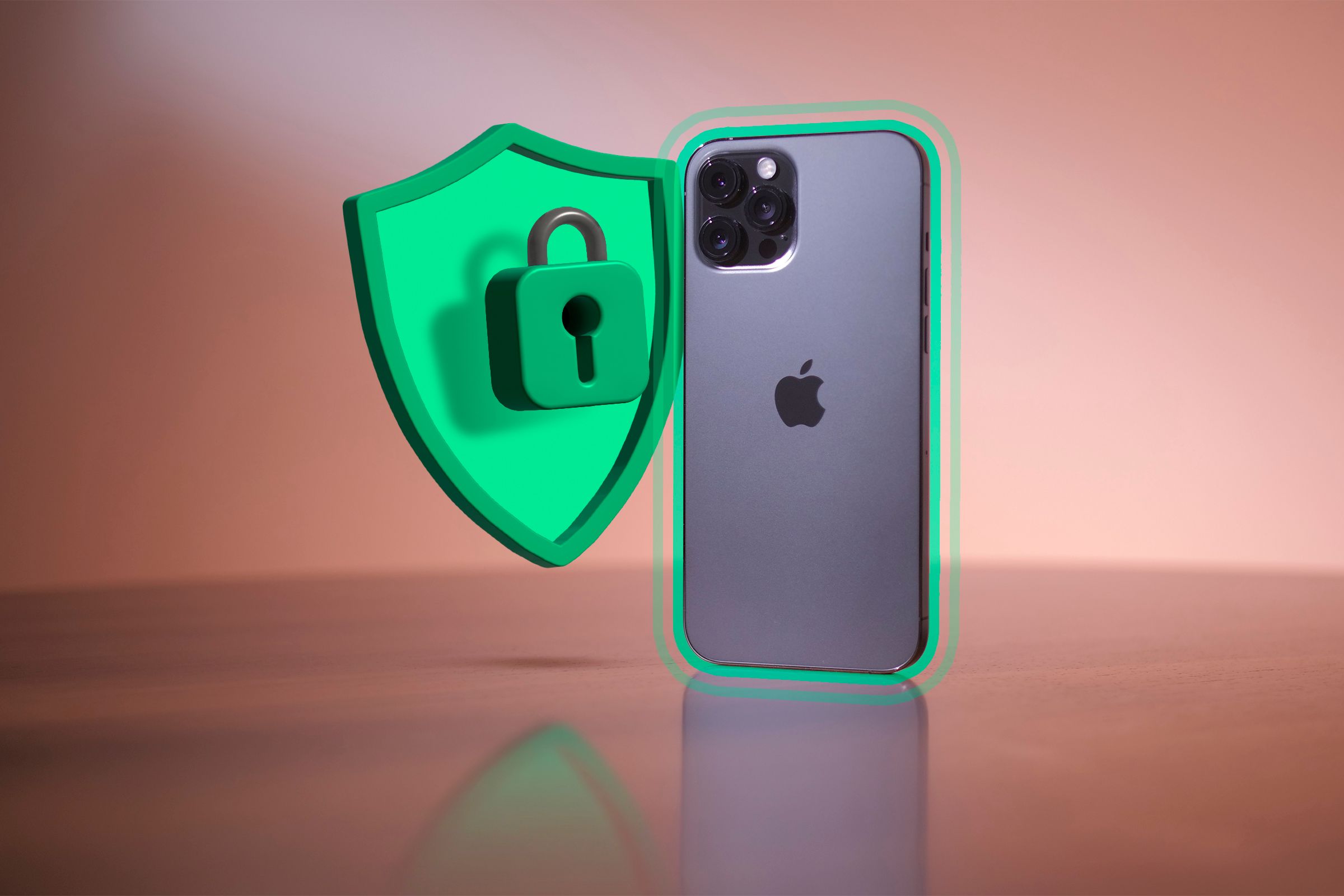One of iOS 18’s least publicized features is an expanded Activation Lock anti-theft system. Going forward, anyone who steals your iPhone will have a hard time reusing or reselling individual components like the battery, display, or cameras. It’s a great idea that should deter theft, though it may also make iPhone repairs more difficult.
Apple first introduced Activation Lock in 2013. It’s a straightforward anti-theft feature—if a stranger attempts to erase your iPhone or disable its Find My functionality, Activation Lock will ask them to enter your password. And if you choose to remotely erase the contents of your iPhone after it’s been stolen (for privacy reasons), Activation Lock will prevent the thieves from reactivating it.
Thanks to Activation Lock, anyone who steals your iPhone will have a hard time selling or reusing it. But a thief can still disassemble your iPhone and sell it for parts. So, Apple is expanding Activation Lock to the iPhone’s internal components. If a thief takes the battery out of your iPhone and pawns it off on eBay, the poor soul who buys that battery will face restrictions when using it in their phone. Battery health readings may be disabled, for example, and the the frankensteined iPhone will repeatedly ask for the password of the battery’s original owner. (To clarify, you can’t track the location of your iPhone’s battery or cameras. This feature just makes it harder to use stolen parts.)
Expanded Activation Lock functionality should deter iPhone theft. It also prevents repair shops from passing off used components as brand-new OEM parts, and it raises the bar for iPhone refurbishers.
However, there is one notable downside to this system: Activation Lock makes “unauthorized” iPhone repairs harder. A scrapped or recycled iPhone that hasn’t been unlinked from its original owner’s iCloud account can’t be used for parts. So, a small repair shop that offers cheap repairs outside of Apple’s “authorized” service network will have a harder time sourcing replacement components. The cost of “unauthorized” repairs, along with the amount of waste created by discarded iPhones, may increase.
If you’re getting a sense of déjà vu, it’s probably because you’ve read about Apple’s “parts pairing” paradigm. Parts pairing reduces iPhone owners’ ability to receive repairs outside an Apple-authorized service center (in other words, you’re forced to pay Apple for repairs). The difference, of course, is that Activation Lock absolutely benefits iPhone owners. It’s not an arbitrary anti-repair system, so the good might outweigh the bad.
Activation Lock is automatically enabled when you turn on Find My. You should leave the feature enabled, as it discourages theft and may prevent malicious strangers from tampering with your data. However, if you have an old iPhone that needs to be sold or recycled, you should clear your iCloud account from it first. This can be done remotely, so even if the iPhone has a busted display or is sitting at the bottom of a storm drain, you must take the time to erase its contents.
Source: BetaProfiles via 9to5Mac




